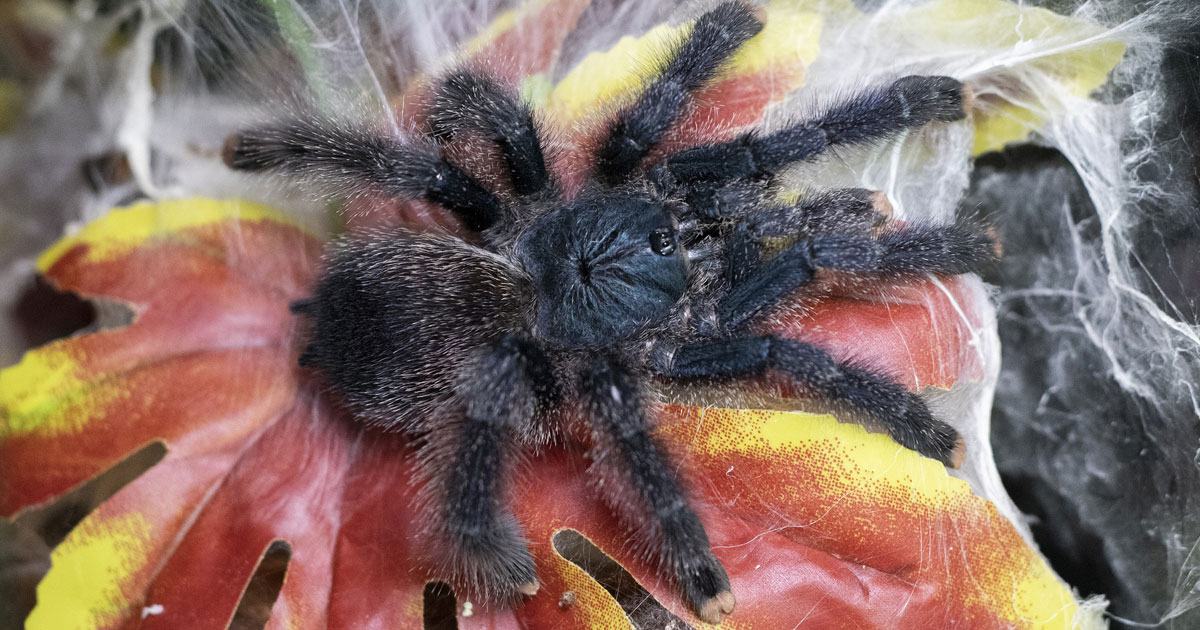Pink toe tarantula, scientifically known as avicularia avicularia, is an intriguing creature loved by many arachnid-enthusiasts. As pets, these creatures are quiet and tend to spend much of their time resting in one particular location.
You may find them the most active while hunting for live prey such as crickets and other dietary insects. If you have these beautiful arachnids as pets, you don’t have many things to do except investing a few hours a week in feeding them and keeping their enclosure clean.

Housing Needs
These arachnids can survive with other creatures of the same species living in their enclosure. However, usually, they aren’t in dire need of any company and can survive alone. Solitary housing often evades the danger of cannibalism which may happen in the case of spiders living nearby.
As a pet owner, you would want to provide the best environment and diet to your tarantula.
Here are some essential feeding habits and other necessary information that you must note if you have a pink-toe tarantula at home.
Food and Water Requirements
Spiders, in general, love eating crickets, and hence, petting a tarantula is a two-part project. Not only do you have to take care of your spider, but also breed and feed live crickets to ensure the health of your arachnid. These crickets must be gut-loaded or fed nutritious food before feeding them to your arachnid. Experts have observed that feeding live insects to your arachnid stimulates their appetite, whereas it may ignore dead insects.
Adult pink toe tarantulas are known to consume few crickets every 3-10 days, whereas the younger beings require them every 2-5 days. Occasionally, you may also treat your tarantula to a tiny mouse or lizard. However, it is always better to ask your veterinarian doctor about the proper dietary habits depending on your tarantula’s size.
Experts recommend that you must feed the avicularia in the evening when it’s more active and ready to eat. You can leave the prey inside the enclosure overnight but make sure to remove anything uneaten immediately the next morning or within 24 hours. The reason being that prey left in the enclosure, which your tarantula doesn’t want, may cause stress to it.
Housing Requirements
Apart from following proper food habits, create a suitable environment for your tarantula to live and thrive. Your pet’s enclosure or tank must contain at least 2-3 inches of peat moss or soil on the surface, along with small logs, live plants, or branches for the pink toes to climb. Although your tarantula can tolerate a higher temperature range between 60 to 80 degrees Fahrenheit, the ideal enclosure temperature must be between 78 and 82 degrees Fahrenheit. At the same time, the humidity level must be maintained between 65 and 75 percent.
While the tarantula is easy to care for because of its limited movement, you may want to make sure that it follows a healthy diet and lives in a safe environment. Ensuring this is the best possible way to care for your beloved pet.
